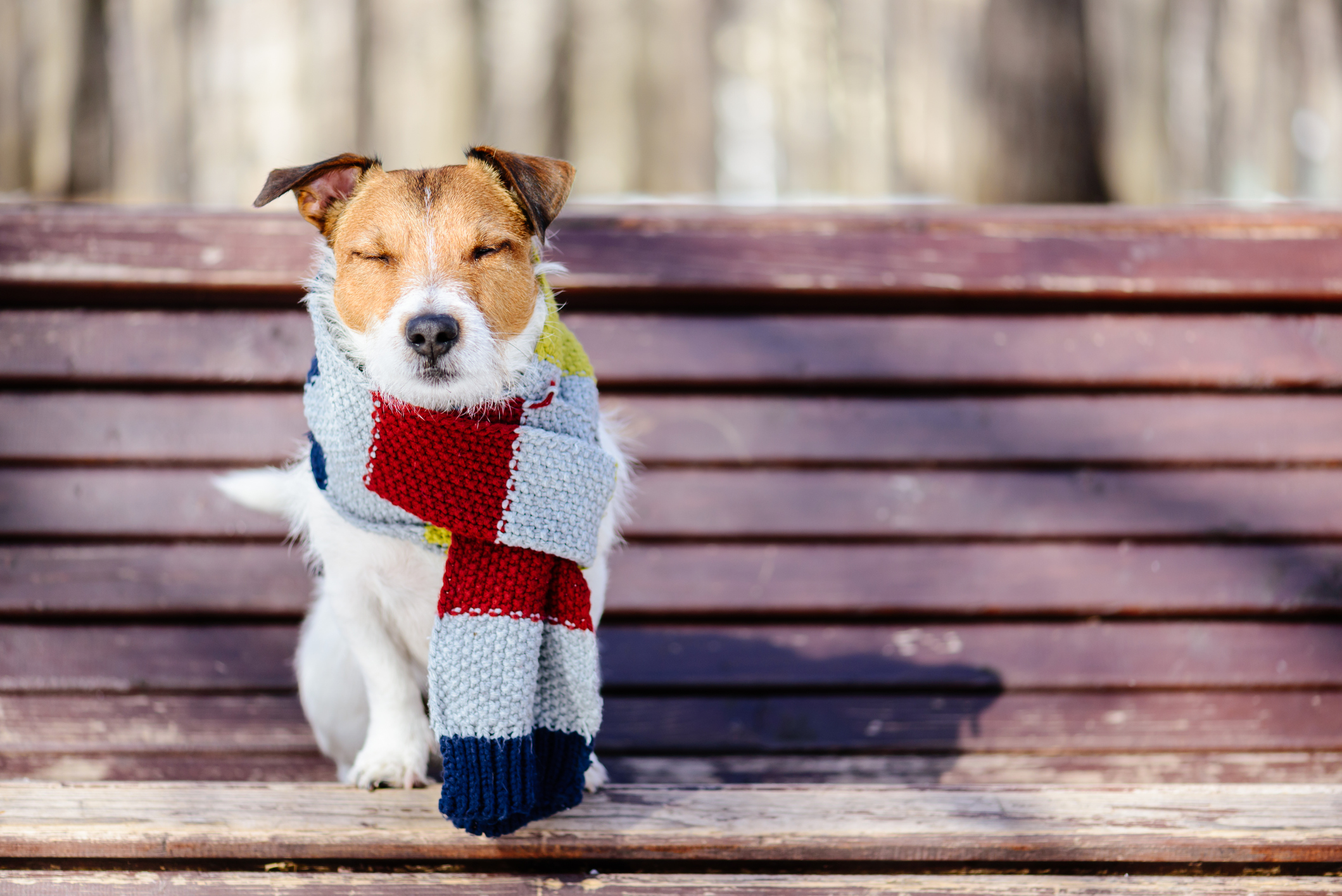Increasingly, pet owners are keeping cats and dogs inside, particularly when winter is at its most severe. Some pets, however, just don’t adapt well to indoor living. Certain breeds of dogs were developed to do jobs — such as mushing or herding sheep — in a cold climate and actually prefer being outdoors. Some cats are born feral, and though you may feed them, they don’t want to become house pets.
In neither case should you assume the animals might not need some protection in the winter. In the wild, animals have ways of digging or burrowing that help them survive. In your yard, they may not have this opportunity. Here are some tips for keeping pets warm in winter:
1. Provide a snug shelter with a sloped roof so snow or rain will run off. Make sure the shelter is at least 4 inches off the ground. Angle the opening so it’s not facing the prevailing wind.
2. Provide bedding such as straw or blankets. You might also add a heating element or a heated pad designed for pets.
3. Find a sheltered place for food and water. Check the water frequently to make sure it’s not frozen — or buy a heated bowl.
4. If you have an elderly or sick pet, if at all possible, bring it indoors, perhaps into the garage, where it can be better protected from the elements. If your garage isn’t heated, provide a space heater or purchase a heated bed. If you’re thinking of finishing off the garage, you might consider a ductless mini split to provide heating in the winter and cool air in the summer. After all, with our increasingly warmer and longer summers, many pets will struggle to keep cool in the hot weather.
5. Knock on the hood of your car before starting it up to make sure any local cats haven’t crawled under the hood to keep warm.
For more on keeping pets warm in winter, contact Ace Hardware Home Services of Dayton.








